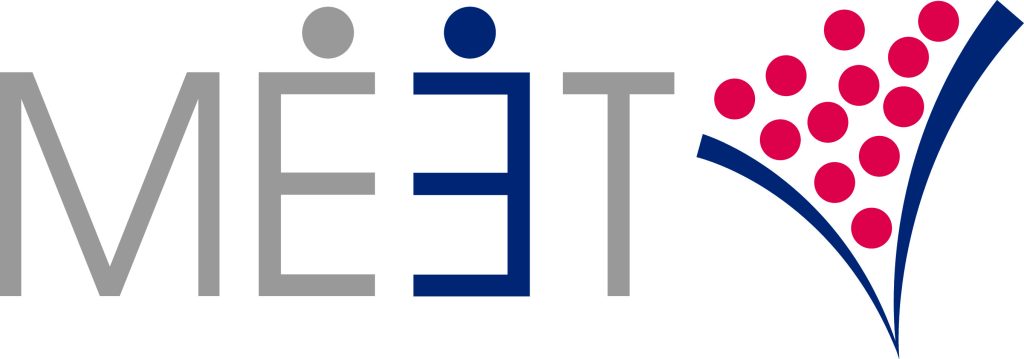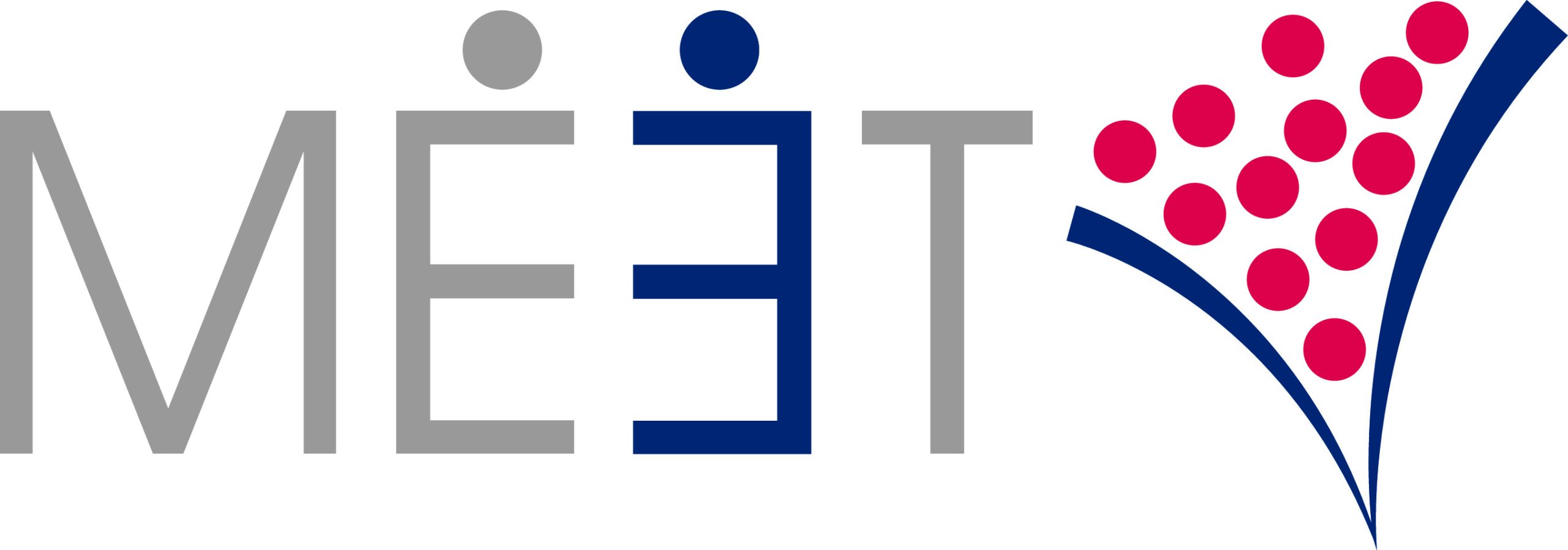A Conversation with Marketing Guru, David Berkowitz, Serial Marketer
Podcast link available HERE. Podcast Transcript below: Bill : Hey and welcome to the belly2belly podcast. This is the podcast
A Conversation with Marketing Guru, David Berkowitz, Serial Marketer Read Post »

